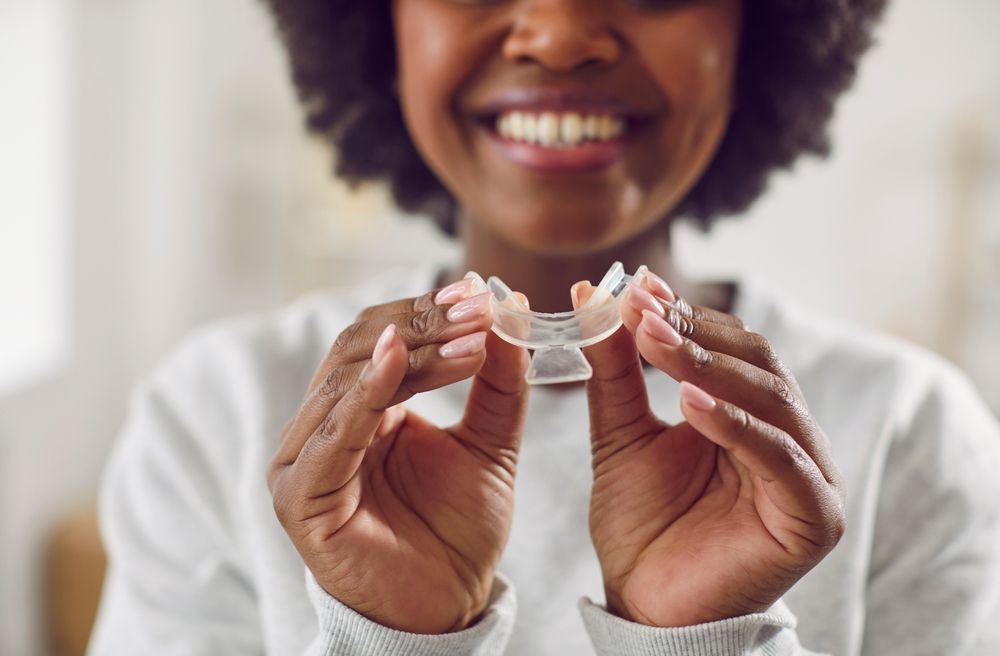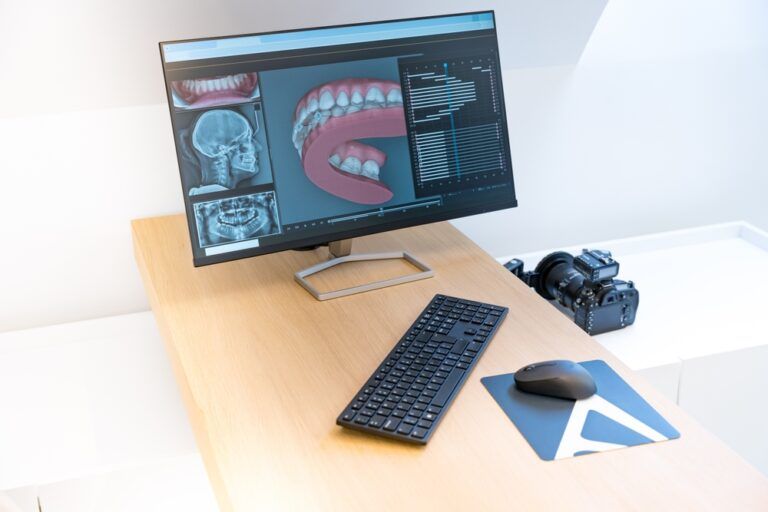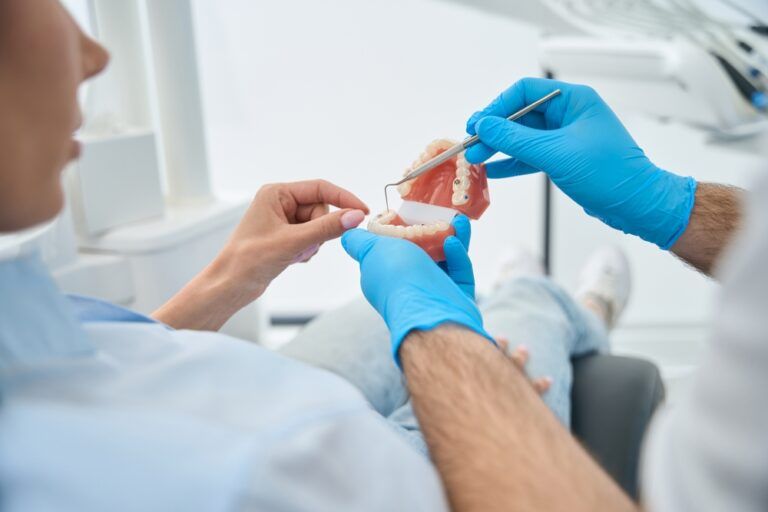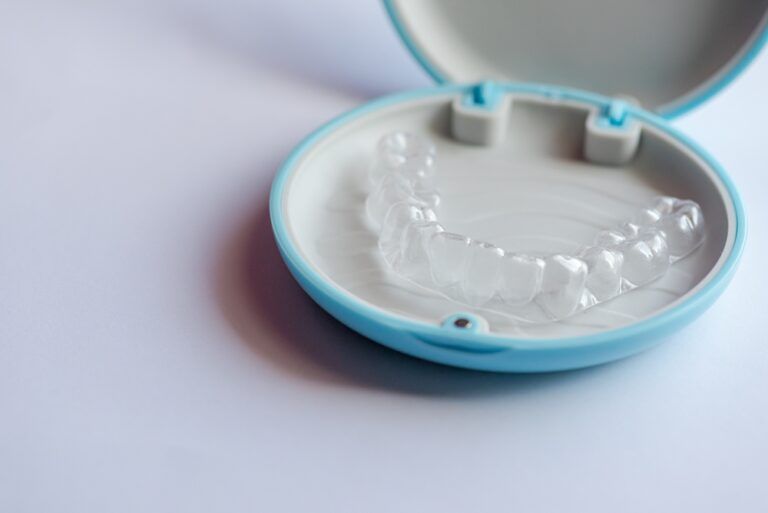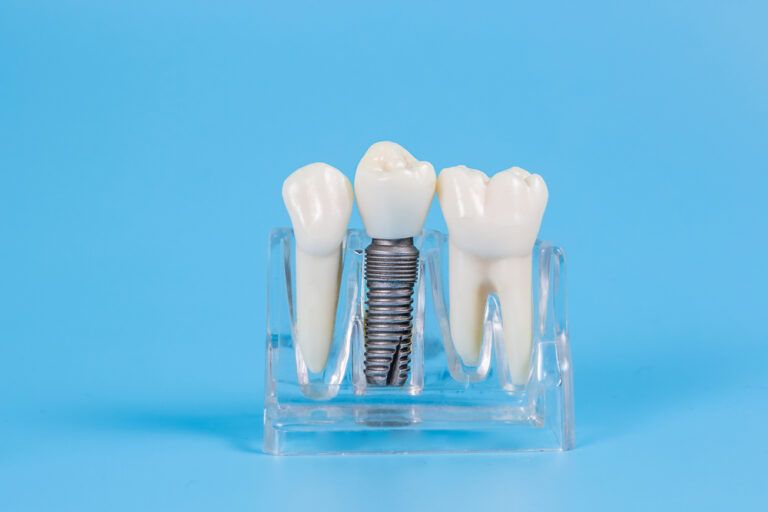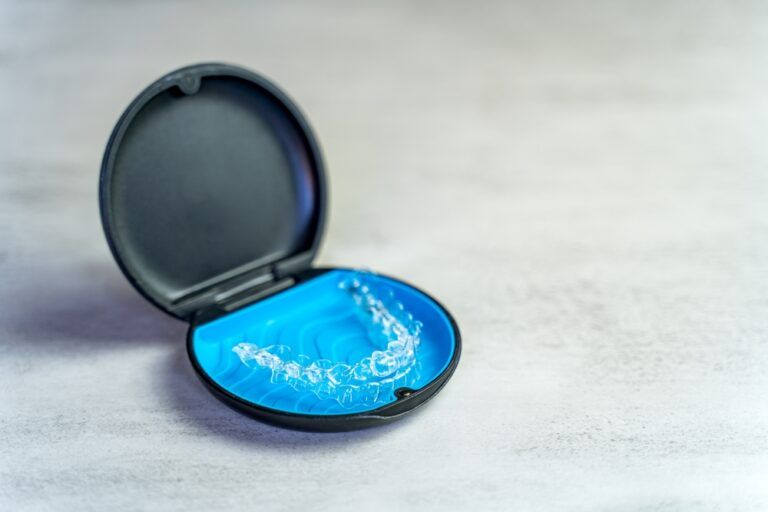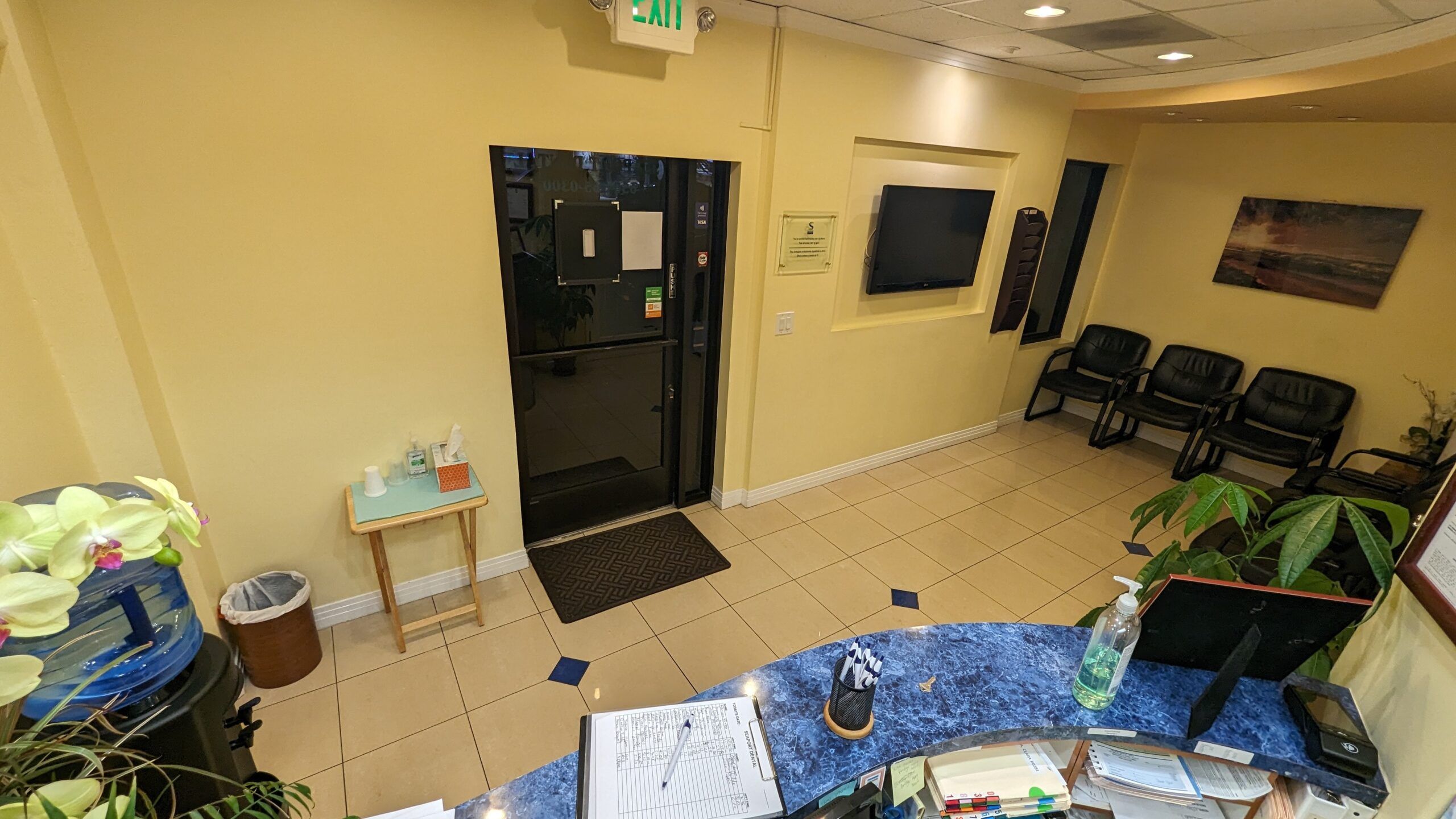A bright, radiant smile is often associated with confidence and vitality. Teeth whitening has become a popular choice for those seeking to enhance their smiles and remove stains caused by coffee, wine, and lifestyle habits. However, with numerous options available, choosing between in-office treatments and at-home whitening kits can be overwhelming. At Seaport Family Dental in Redwood City, CA, Dr. Steve Deng, DDS, helps patients explore the most effective ways to achieve a whiter smile. Here’s a comprehensive look at the pros and cons of in-office whitening versus at-home kits to help you make an informed choice.
Why Do Teeth Stain?
Before diving into the options, it’s helpful to understand why teeth stain in the first place. Common reasons for discoloration include:
- Dietary habits: Dark-colored foods and beverages such as coffee, tea, and red wine are common culprits.
- Tobacco use: Smoking or chewing tobacco can cause yellowish or brownish stains that penetrate the enamel.
- Aging: Over time, the outer enamel layer thins, revealing the yellowish dentin beneath.
- Medications: Certain antibiotics and high blood pressure medications can cause tooth discoloration.
- Poor dental hygiene: Irregular brushing and flossing can lead to plaque buildup, contributing to staining.
Whitening treatments are designed to counteract these factors, but the effectiveness varies based on the method chosen.
In-Office Teeth Whitening
In-office whitening, also known as professional or chairside whitening, is performed by a dental professional in a controlled environment. Using high-grade bleaching agents and advanced technology, in-office treatments offer fast, noticeable results in a short amount of time.
How In-Office Whitening Works
The process begins with a preliminary dental cleaning to remove plaque and surface stains. Dr. Deng will then apply a protective layer over the gums to prevent irritation, followed by a whitening gel containing hydrogen peroxide or carbamide peroxide. Depending on the method, a specialized light may be used to accelerate the whitening process.
A single session typically lasts about 60 to 90 minutes and can lighten teeth by several shades. For individuals seeking immediate, dramatic results, in-office whitening is often the preferred option.
Pros of In-Office Whitening
- Rapid Results: Patients usually see results immediately after the treatment, with teeth appearing multiple shades whiter in just one visit.
- Professional Supervision: Having a dentist oversee the process ensures safety and effectiveness, reducing the risk of gum irritation and tooth sensitivity.
- Customizable Treatment: In-office whitening can be tailored to your specific needs, adjusting the concentration and duration for optimal results.
Cons of In-Office Whitening
- Cost: Professional whitening can be more expensive than at-home options, though the results are often more dramatic and longer-lasting.
- Potential for Sensitivity: Some patients may experience temporary tooth sensitivity, which typically subsides within a few days.
- Time Commitment: While each session is relatively quick, patients may need multiple visits depending on their goals and initial tooth shade.
In-office whitening is ideal for those seeking fast and reliable results with minimal hassle. It is often recommended for patients with deep stains that are less responsive to over-the-counter products.
At-Home Teeth Whitening Kits
At-home whitening kits provide a more flexible and budget-friendly alternative for those who prefer whitening their teeth at their own pace. These kits are widely available in stores and online, with options ranging from custom-fitted trays to whitening strips.
How At-Home Whitening Works
Most at-home kits contain carbamide peroxide or hydrogen peroxide in lower concentrations than professional treatments. Whitening trays, strips, and pens are commonly used, each with slightly different application methods. For example:
- Whitening trays: Custom-fitted or pre-fabricated trays are filled with whitening gel and worn over the teeth for a specified amount of time each day.
- Whitening strips: These thin strips coated with gel are applied directly to the teeth and typically worn for 30 minutes daily.
- Whitening pens: A brush or pen applicator is used to apply gel directly onto the teeth, allowing for targeted whitening.
Results from at-home kits are gradual, typically taking several days to weeks to achieve the desired shade.
Pros of At-Home Whitening
- Affordability: At-home kits are generally more cost-effective than professional treatments, making them accessible to a broader range of people.
- Convenience: Whitening at home allows you to fit the process into your schedule without the need for a dental appointment.
- Variety of Options: From strips to trays and pens, there are numerous options to suit different preferences and budgets.
Cons of At-Home Whitening
- Less Immediate Results: The lower concentration of bleaching agents means results take longer to appear compared to in-office whitening.
- Higher Risk of Misapplication: Without professional supervision, there’s an increased chance of overuse or uneven application, which can lead to gum irritation or uneven whitening.
- Effectiveness May Vary: Over-the-counter kits may not work as effectively on deep stains or severe discoloration, particularly for those with tetracycline stains or fluorosis.
At-home kits can be a good option for individuals looking for gradual results and those who do not have deep stains that require more intensive treatment.
Comparing In-Office and At-Home Whitening: Which is Right for You?
When choosing between in-office and at-home whitening, it’s essential to consider factors such as cost, time, and desired results. Here’s a closer look at how they stack up against each other.
Effectiveness
In-office treatments typically yield faster and more dramatic results. For patients with significant discoloration or those looking to achieve a whiter shade quickly, professional treatments may be the better choice. At-home kits are effective for mild to moderate stains, but the results are generally less pronounced.
Cost
At-home whitening kits are more affordable and can be an excellent option for budget-conscious individuals. However, if you’re seeking longer-lasting, more immediate results, investing in a professional treatment may offer better value in the long run.
Convenience
At-home kits offer unmatched flexibility, allowing you to whiten your teeth at any time. On the other hand, in-office treatments require a scheduled appointment, though they provide a comprehensive experience in a single visit.
Safety and Supervision
In-office whitening is supervised by a dental professional, ensuring optimal safety and effectiveness. While at-home kits are generally safe when used correctly, there’s a greater risk of misuse or overuse without professional guidance.
Tips for Maintaining Whiter Teeth After Whitening
Whether you choose in-office whitening or an at-home kit, maintaining your results requires consistent care. Here are some tips to keep your smile bright:
- Practice Good Oral Hygiene: Brush twice a day, floss daily, and use mouthwash to keep plaque and stains at bay.
- Limit Staining Foods and Beverages: Minimize consumption of coffee, tea, wine, and dark-colored foods, as these can contribute to staining.
- Use a Straw: Drinking staining beverages through a straw can help prevent contact with your teeth, reducing the risk of discoloration.
- Schedule Regular Dental Cleanings: Professional cleanings help remove surface stains and keep your teeth looking bright.
Achieving Your Ideal Smile with Seaport Family Dental
At Seaport Family Dental, we believe that a whiter smile can enhance your confidence and brighten your appearance. Dr. Steve Deng and his team are dedicated to helping you find the right whitening solution that aligns with your goals and lifestyle. Whether you prefer the speed and effectiveness of in-office treatments or the convenience of at-home kits, our team is here to guide you every step of the way.
Sources:
- Kwon, S. R., & Wertz, P. W. (2015). Review of the Mechanism of Tooth Whitening. Journal of Esthetic and Restorative Dentistry.
- Haywood, V. B. (2003). Bleaching and Caries Control in the Elderly. Dental Clinics of North America.
- Li, Y. (2011). Safety controversies in tooth bleaching. Dental Clinics of North America.

